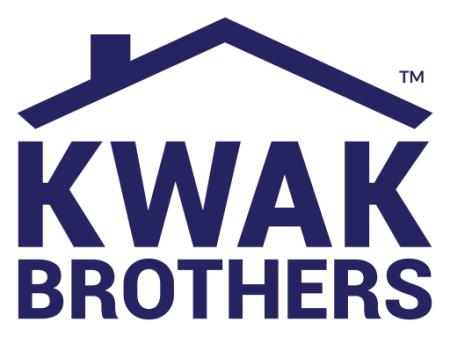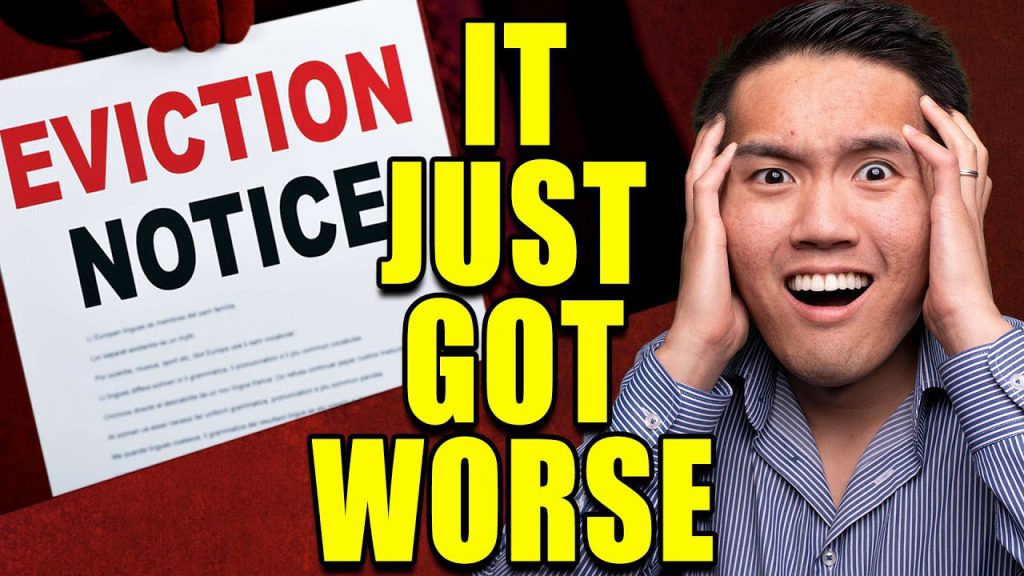/*! elementor – v3.6.5 – 27-04-2022 */
.elementor-heading-title{padding:0;margin:0;line-height:1}.elementor-widget-heading .elementor-heading-title[class*=elementor-size-]>a{color:inherit;font-size:inherit;line-height:inherit}.elementor-widget-heading .elementor-heading-title.elementor-size-small{font-size:15px}.elementor-widget-heading .elementor-heading-title.elementor-size-medium{font-size:19px}.elementor-widget-heading .elementor-heading-title.elementor-size-large{font-size:29px}.elementor-widget-heading .elementor-heading-title.elementor-size-xl{font-size:39px}.elementor-widget-heading .elementor-heading-title.elementor-size-xxl{font-size:59px}
The Place Where
Mind & money Meet
[ivory-search id=”11180″ title=”Default Search Form”]
/*! elementor – v3.6.5 – 27-04-2022 */
.e-container.e-container–row .elementor-spacer-inner{width:var(–spacer-size)}.e-container.e-container–column .elementor-spacer-inner,.elementor-column .elementor-spacer-inner{height:var(–spacer-size)}
Follow Us
/*! elementor – v3.6.5 – 27-04-2022 */
.elementor-widget-social-icons.elementor-grid-0 .elementor-widget-container,.elementor-widget-social-icons.elementor-grid-mobile-0 .elementor-widget-container,.elementor-widget-social-icons.elementor-grid-tablet-0 .elementor-widget-container{line-height:1;font-size:0}.elementor-widget-social-icons:not(.elementor-grid-0):not(.elementor-grid-tablet-0):not(.elementor-grid-mobile-0) .elementor-grid{display:inline-grid}.elementor-widget-social-icons .elementor-grid{grid-column-gap:var(–grid-column-gap,5px);grid-row-gap:var(–grid-row-gap,5px);grid-template-columns:var(–grid-template-columns);-webkit-box-pack:var(–justify-content,center);-ms-flex-pack:var(–justify-content,center);justify-content:var(–justify-content,center);justify-items:var(–justify-content,center)}.elementor-icon.elementor-social-icon{font-size:var(–icon-size,25px);line-height:var(–icon-size,25px);width:calc(var(–icon-size, 25px) + (2 * var(–icon-padding, .5em)));height:calc(var(–icon-size, 25px) + (2 * var(–icon-padding, .5em)))}.elementor-social-icon{–e-social-icon-icon-color:#fff;display:-webkit-inline-box;display:-ms-inline-flexbox;display:inline-flex;background-color:#818a91;-webkit-box-align:center;-ms-flex-align:center;align-items:center;-webkit-box-pack:center;-ms-flex-pack:center;justify-content:center;text-align:center;cursor:pointer}.elementor-social-icon i{color:var(–e-social-icon-icon-color)}.elementor-social-icon svg{fill:var(–e-social-icon-icon-color)}.elementor-social-icon:last-child{margin:0}.elementor-social-icon:hover{opacity:.9;color:#fff}.elementor-social-icon-android{background-color:#a4c639}.elementor-social-icon-apple{background-color:#999}.elementor-social-icon-behance{background-color:#1769ff}.elementor-social-icon-bitbucket{background-color:#205081}.elementor-social-icon-codepen{background-color:#000}.elementor-social-icon-delicious{background-color:#39f}.elementor-social-icon-deviantart{background-color:#05cc47}.elementor-social-icon-digg{background-color:#005be2}.elementor-social-icon-dribbble{background-color:#ea4c89}.elementor-social-icon-elementor{background-color:#d30c5c}.elementor-social-icon-envelope{background-color:#ea4335}.elementor-social-icon-facebook,.elementor-social-icon-facebook-f{background-color:#3b5998}.elementor-social-icon-flickr{background-color:#0063dc}.elementor-social-icon-foursquare{background-color:#2d5be3}.elementor-social-icon-free-code-camp,.elementor-social-icon-freecodecamp{background-color:#006400}.elementor-social-icon-github{background-color:#333}.elementor-social-icon-gitlab{background-color:#e24329}.elementor-social-icon-globe{background-color:#818a91}.elementor-social-icon-google-plus,.elementor-social-icon-google-plus-g{background-color:#dd4b39}.elementor-social-icon-houzz{background-color:#7ac142}.elementor-social-icon-instagram{background-color:#262626}.elementor-social-icon-jsfiddle{background-color:#487aa2}.elementor-social-icon-link{background-color:#818a91}.elementor-social-icon-linkedin,.elementor-social-icon-linkedin-in{background-color:#0077b5}.elementor-social-icon-medium{background-color:#00ab6b}.elementor-social-icon-meetup{background-color:#ec1c40}.elementor-social-icon-mixcloud{background-color:#273a4b}.elementor-social-icon-odnoklassniki{background-color:#f4731c}.elementor-social-icon-pinterest{background-color:#bd081c}.elementor-social-icon-product-hunt{background-color:#da552f}.elementor-social-icon-reddit{background-color:#ff4500}.elementor-social-icon-rss{background-color:#f26522}.elementor-social-icon-shopping-cart{background-color:#4caf50}.elementor-social-icon-skype{background-color:#00aff0}.elementor-social-icon-slideshare{background-color:#0077b5}.elementor-social-icon-snapchat{background-color:#fffc00}.elementor-social-icon-soundcloud{background-color:#f80}.elementor-social-icon-spotify{background-color:#2ebd59}.elementor-social-icon-stack-overflow{background-color:#fe7a15}.elementor-social-icon-steam{background-color:#00adee}.elementor-social-icon-stumbleupon{background-color:#eb4924}.elementor-social-icon-telegram{background-color:#2ca5e0}.elementor-social-icon-thumb-tack{background-color:#1aa1d8}.elementor-social-icon-tripadvisor{background-color:#589442}.elementor-social-icon-tumblr{background-color:#35465c}.elementor-social-icon-twitch{background-color:#6441a5}.elementor-social-icon-twitter{background-color:#1da1f2}.elementor-social-icon-viber{background-color:#665cac}.elementor-social-icon-vimeo{background-color:#1ab7ea}.elementor-social-icon-vk{background-color:#45668e}.elementor-social-icon-weibo{background-color:#dd2430}.elementor-social-icon-weixin{background-color:#31a918}.elementor-social-icon-whatsapp{background-color:#25d366}.elementor-social-icon-wordpress{background-color:#21759b}.elementor-social-icon-xing{background-color:#026466}.elementor-social-icon-yelp{background-color:#af0606}.elementor-social-icon-youtube{background-color:#cd201f}.elementor-social-icon-500px{background-color:#0099e5}.elementor-shape-rounded .elementor-icon.elementor-social-icon{border-radius:10%}.elementor-shape-circle .elementor-icon.elementor-social-icon{border-radius:50%}
Facebook
Instagram
Youtube
Subscribe Now
[wpforms id=”11382″]
Pay Off Your Loan Or Invest? Know What’s Better For You
Time and time again, I see people choosing to focus either a mortgage or an investment but not both at the same time. But which option is better to start with? In this article, I will show you how you can invest AND pay off your mortgage without the diminishing effects of either process. I want to show you that it’s possible to pay off your mortgage and invest simultaneously. More often than not, such a decision often depends on your financial situation. While many people believe that paying off money is best since it saves on your interest payments, others may want to invest their extra
Elementor #11260
BREAKING! The Eviction Problem Just Got WORSE 😧
The eviction moratorium has completely expired and the US Supreme Court ruled against the CDC wanting to extend the moratorium. In addition to this, recently the Federal Unemployment Benefit also expired this week and the Biden Administration has no intention of bringing the unemployment benefit back as the economy is starting to open up. https://www.youtube.com/watch?v=uaTUQruQjKQ In this video, I’m going to unpack what this all means and how real estate investors could potentially benefit from the eviction


